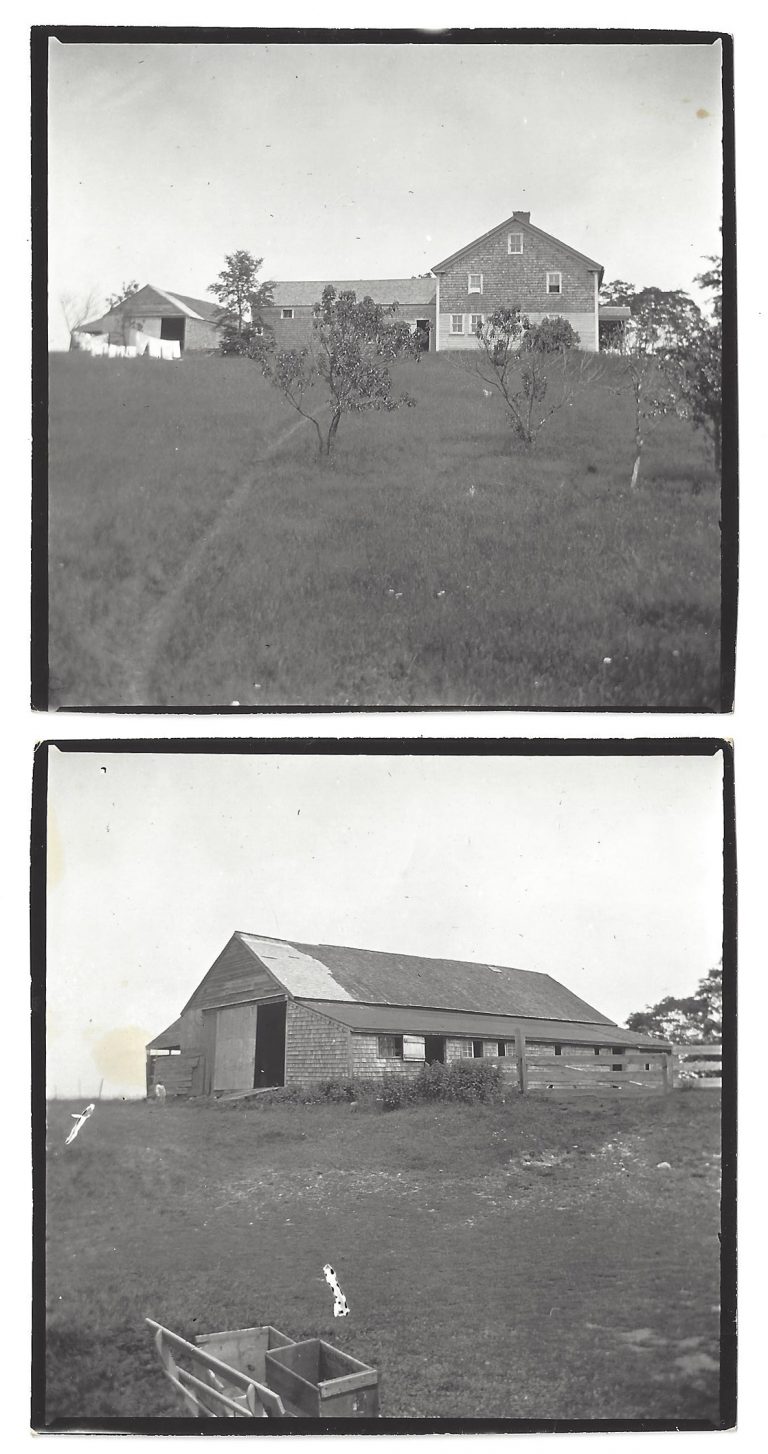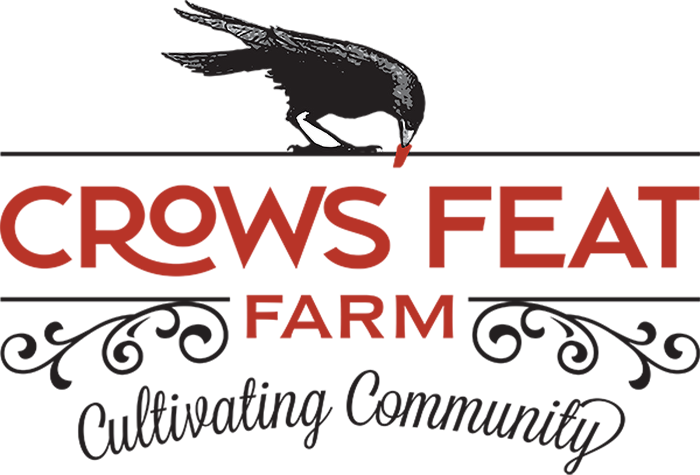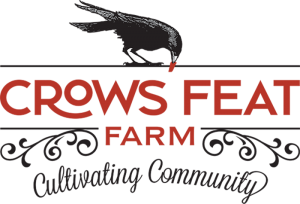Our history
Crows’ Feat Farm, formerly known as Rolling Ridge, was established in 1744 by Capt. Jonathan Prescott, one of the founders of Kensington. Karen Parker Feld purchased the property in 2010 from Paul and Mary Avery, who placed most of its 68 Acres into a conservation easement. In 2017 Karen and her husband Peter acquired the adjoining 32-acre farm at 180 Drinkwater Rd, with the goal of combining and conserving these lands against future commercial development. So beloved is this spot that only five families have lived here over the 275 years since the farm was established. The homestead was described thus by Rev. Elvin Prescott in 1948:
“In the town of Kensington on a hill from which there is one of the most beautiful views in southern New Hampshire, there is an old house of the square, solid type, built sometime in the middle of the 18th century. It is a house built on honor, every timber in it was hewn by hand, and every nail in the original structure was beaten out by hand in a blacksmith shop.”
Since its initial settlement in the 1630s, Kensington has been a farming community, one which had, by the time of the Revolution, become a “populous and prosperous town of 800 people” (the town hasn’t grown much since; the population was recorded as 2,124 souls in the 2010 census). Crops were grown primarily for subsistence, and included wheat, buckwheat, beans, corn, potatoes, pumpkins and turnips, as well as other vegetables and fruits. Hay, rye and clover were grown to feed livestock, which typically included oxen, cows, sheep and sometimes a horse or two. The animals provided food for families, fertilizer for the crops, labor for the farm and material for clothing. The proximity of the town to the salt marshes of Hampton and Hampton Falls made it more economical to support livestock, which were fed through the winter with salt hay. Other local industries included tannery, shoemaking, blacksmithing, soap-making, boat-building and basket-weaving. Phillips Exeter Academy (established in 1781) was originally to be situated in Kensington, but local farmers objected, saying they didn’t want the schoolboys running through their fields.
Like so many others in New England, Kensington was also a mill town, which produced flour, lumber and cider. 24 different cider mills were operating in town at the time of the Civil War, supporting numerous taverns in the area. Nevertheless, Drinkwater Road, upon which Crows’ Feat Farm is situated, was so named because a man once visited several places for a glass of cider, and being refused at every place went away saying, “They drink nothing but water on that road.” (Brown’s History, p. 387).





